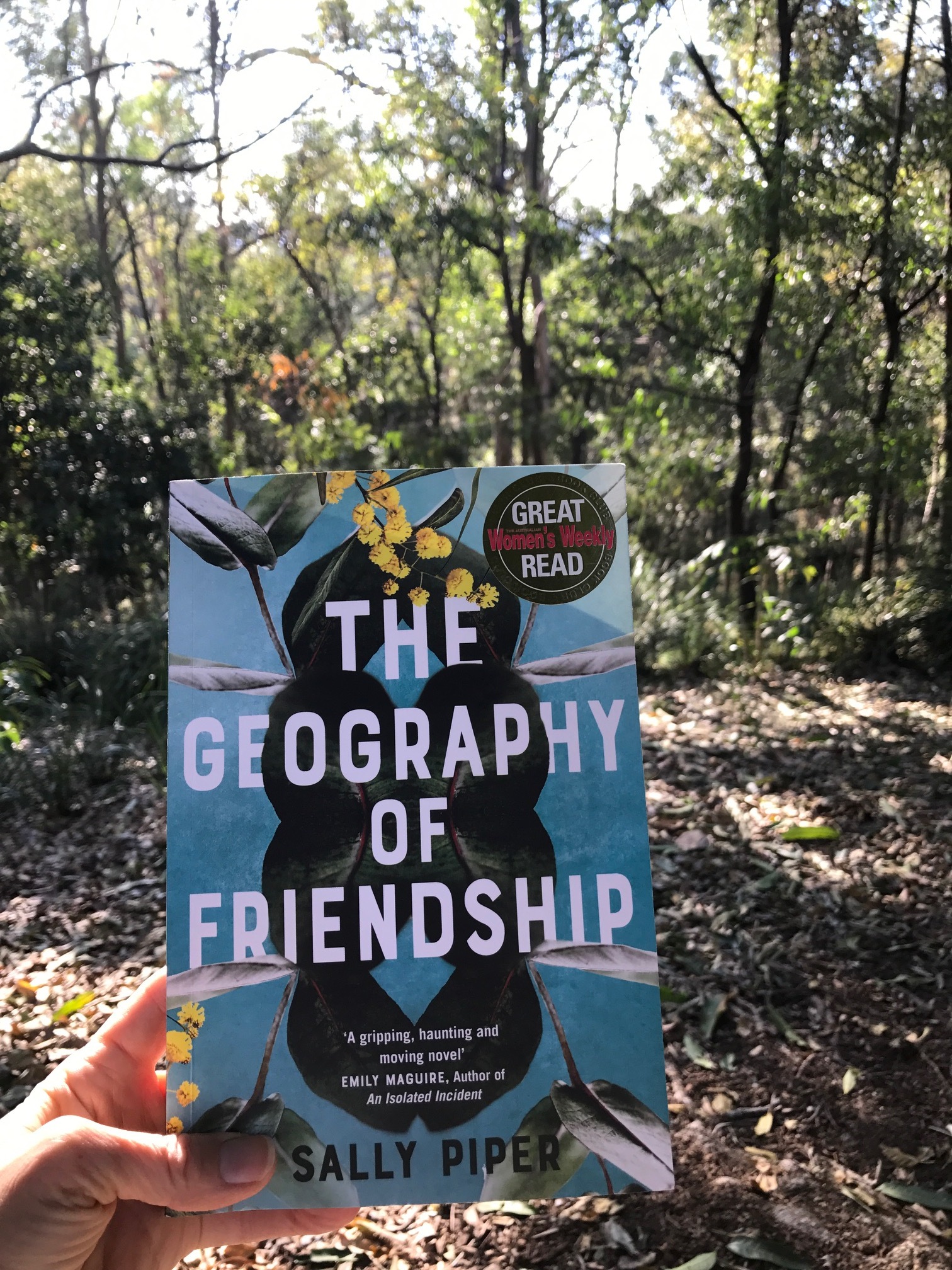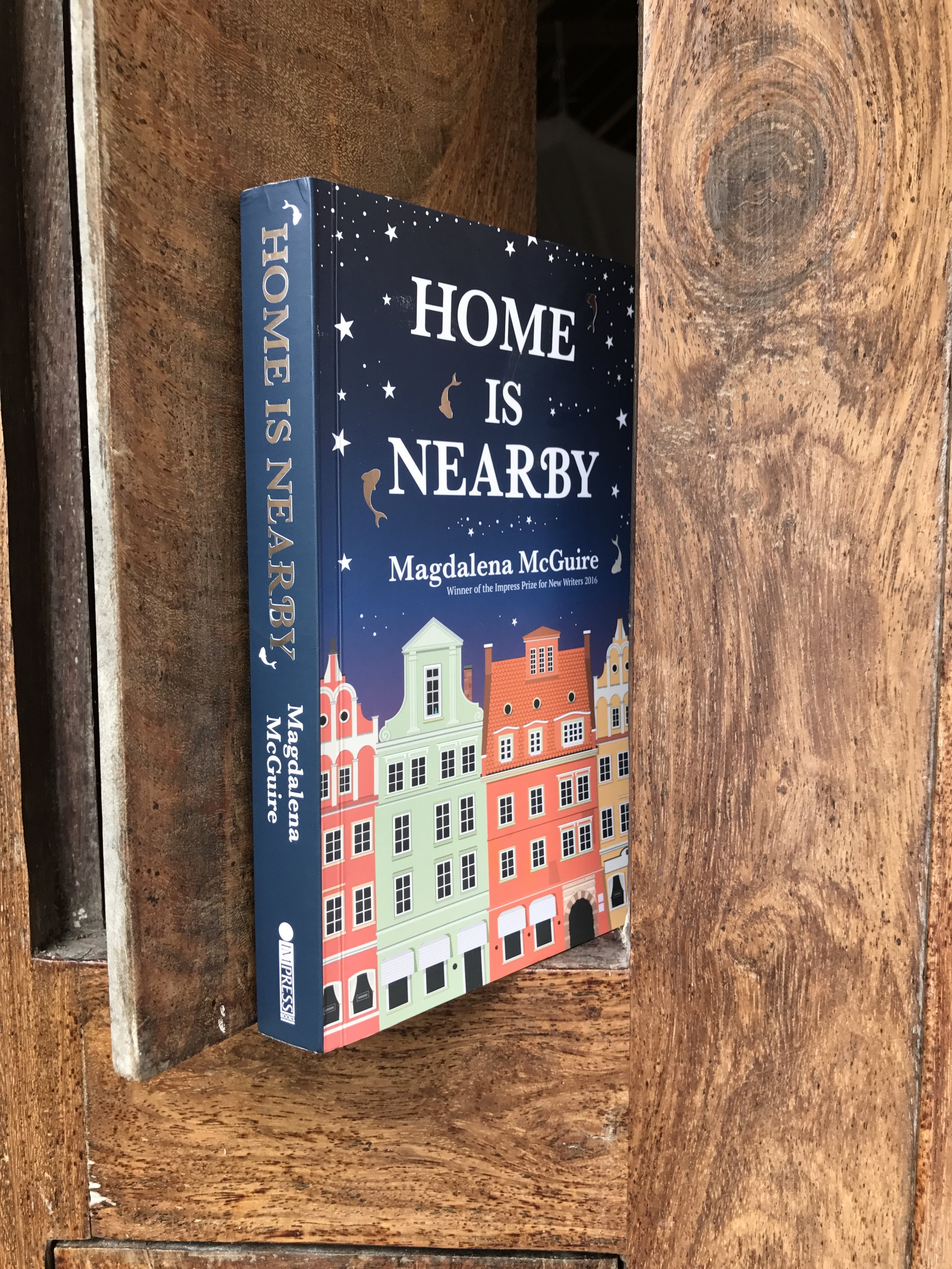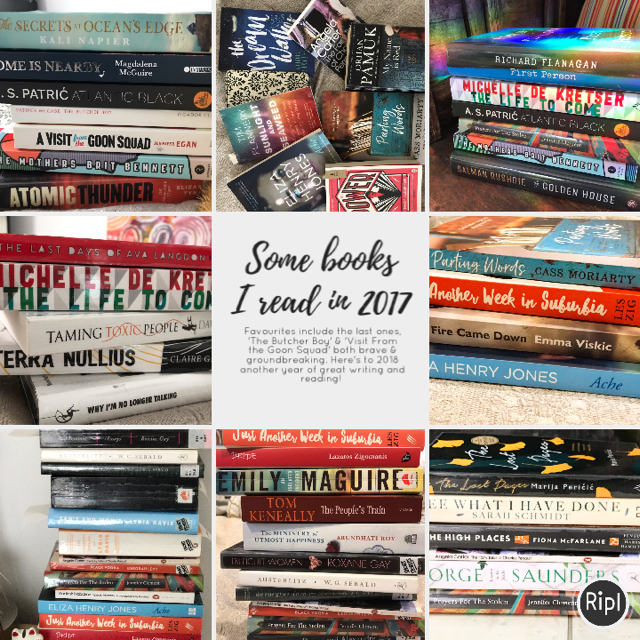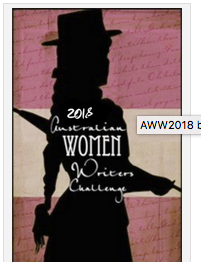The narrative is largely about the exhibition and the work of Abramovic but to leave the confines of MoMA, and to ground the themes, there is a sub plot about a married couple going through a crisis. The couple are also creatives: a composer and architect respectively.
The characters are divided into the two dovetailing narratives. The first group of characters are primarily concerned with ‘The Artist is Present’: Marina and her troop of agents, assistants, helpers and dead mother. The second group: the family and friends of Arky Levin (composer). Some characters cross between the two narratives through their professions and the actual exhibition space.
Abramovic, through her exhibition, acts as the overseeing muse or angel as well. Her act of sitting still for seventy-five days inspires and ‘unblocks’ Arky Levin (composer) and the recently widowed Jane Miller (teacher ‘facilitator’). Through almost daily attendance at ‘The Artist Is Present’ Arky is ‘unblocked’ professionally and personally and Jane is 'unblocked' personally deciding to undertake her own version of Abramovic’s, ‘The Lovers’, with her departed husband.
As a writer, the novel appealed to me for its insight into artistic process and its offering of a holistic, big picture, of a world made of art.
‘His thoughts abhorred a vacuum but his heart responded to the blank canvas. Every song, every painting, every book, every idea that changed the world – all these things came the unknowable and beautiful void.’
There is great discussion of the physical and mental cost of art. As a writer, I had never considered before the impact on the kidneys and other organs of great periods of time sitting. Maybe the novel will cause a ‘Marina Abramovic Fitness Regime for Sedentary Creatives’. I think we need one.
‘The Museum of Modern Love’ is the deserving winner of the 2017 Stella Prize both as an artistic tour de force from Rose and as a reflection on the impact of the crowning achievement of ‘The Artist Is Present’ by contemporary woman artist Marina Abramovic. The genders are very significant to me – a woman writer and mother of daughters – in this era of increasing misogyny. Indeed, one of the passages from the book that struck me the most was:
‘I will never sit for seventy-five days, Francesca thought. I will never slice my stomach with a razor blade or eat a kilo of honey … But because you do this, Marina, I am stronger. I am more certain of that every day. You live your art and it is inseparable from you. And with it you bring me courage. You are a woman and this is a fact. No matter what people make of anything else, your gender is unequivocal.’
Music features heavily through Arky Levin’s composer profession, allowing discussion of music and its effects on wider creativity through different eras and styles: jazz, classical and soundtracks as well as contemporary performers such as Leonard Cohen and Anthony and the Johnson’s. In writing this review I had ‘The Crying Light’ by the latter as background.













